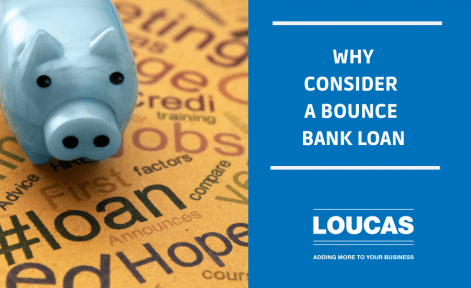If a new business is going to stand any chance of surviving then it is essential that you have sufficient financial resources in place to see it through its early stages and beyond.
Those setting up in business have a number of different options available to them when it comes to sourcing funding for their venture. Understanding what these mean for your business will help ensure you choose the most appropriate type of finance for you.
Working out how much you need
Before talking to any investors you must first establish exactly how much money will be required.
Too often business owners only consider how much they will need to actually set up the business such as buying computer equipment or building a website, it is also vital that consideration is made for the ongoing running costs of the business. This is known as working capital. It is likely to take sometime for revenues to grow as the business establishes itself, during this time funds will be needed to fund ongoing costs such as rent, wages, stocks etc.
A cash flow forecast should be put together for the first 12 months of the business which will show the monthly opening and closing cash position of the business based on your budgeted business activity.
There are many free excel cash flow templates available online to use but consideration should be given to taking professional advice to ensure that the forecast is as accurate as possible.
Of course a forecast is just what it says a forecast and until you start trading you do not know how things will work out. However, if this document is going to be used to establish how much money you need to run your business it is worth doing right.
A few thoughts to help…
- Be realistic with your revenue forecasts
- Consider any seasonal variations that may affect revenues
- Remember if you are going to be offering customer credit terms they may not always pay on time
- Ensure you remember to account for all costs
- Do not forget about employment taxes and VAT
For some startups it may be necessary to produce a cash flow forecast for longer than 12 months. This is often the case with tech startups looking to develop technology beyond proof of concept. A cash flow for 24 or 36 months should be considered.
You should also allow for some contingency funding to cover unexpected events such as a slower start to generating revenues, delayed product launch and even bad weather. It is far better to be prepared as opposed to having to raise further funds in a very short period of time which will also always be at less favourable terms.
If funding is going to be required at different stages, depending on the type of finance it may be better to arrange the entire funding at the outset. For example, angel investors may be happy to release further funds when certain milestones have been reached.
In part 2 of the post we look at the different types of funding.
If you are looking to start a new venture or securing additional investment to help grow you business and require any advice about how to do this in the best possible way to suit your circumstances we would be happy to help.
Contact us
T: 01622 758257
E: enquiries@loucas.org.uk







